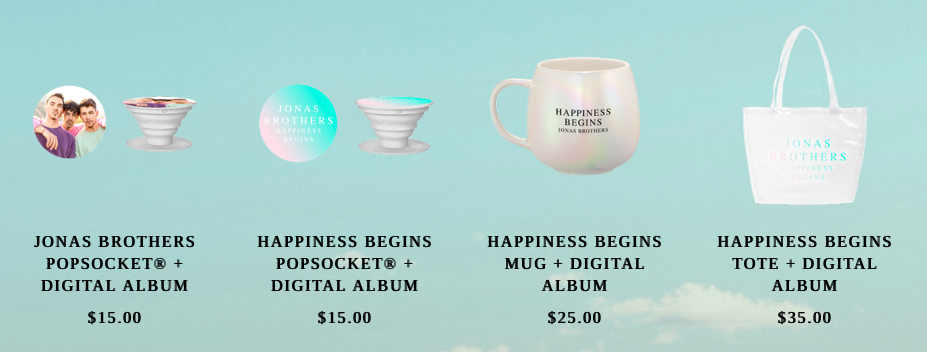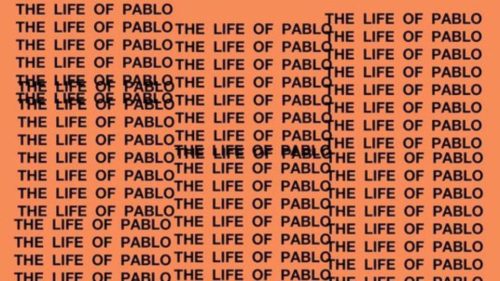
It’s been a while, but I’m back to talk about album bundles –because artists and labels are doing everything they can to seize chart positions and earn RIAA statuses.
I’m not going to get into specifics of what constitutes an album bundle because it’s been exhausted.
Instead, I want to take you back to a different time.
A time where bundling an album with a t-shirt or poster meant having a CD, including it in package, and mailing that package to the buyer.
The idea of bundling comes from a time period where creating an album had unavoidable physical cost. If I was making shirts for $7.00 a pop and creating CDs for $1.50 a piece, I needed to make sure that the t-shirt sold at a price that exceeded my expenses, and that the CD was selling for at least the Published Price to Dealer or Suggested Retail Price. The money paid out to performers and writers relied on selling the album at an agreed upon price, and undervaluing the CD affected artist and label revenue.
Now, let’s come back to the present.
The breakdown of units sold overwhelmingly skews towards stream-equivalent sales.
People just really aren’t buying albums –and for good reason.
$9.99/one album v. $9.99/every album.
It’s just not viable for the vast majority of music consumers to buy every new project they are interested in, and that’s why “pure sales” are lower than ever. Even for huge artists.
Continue reading